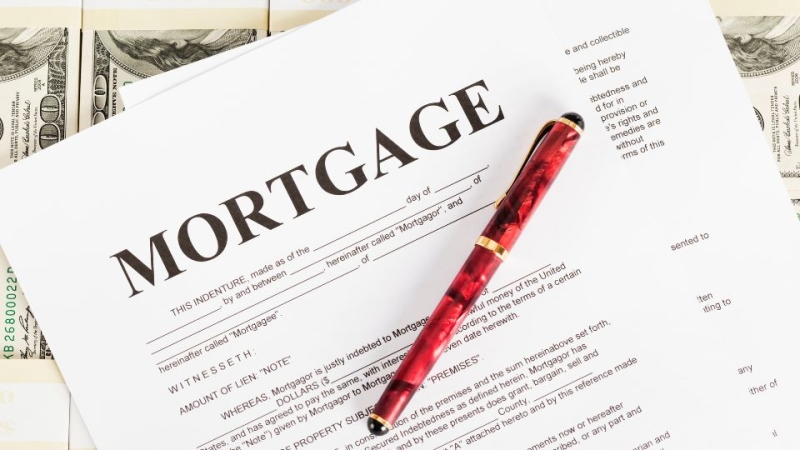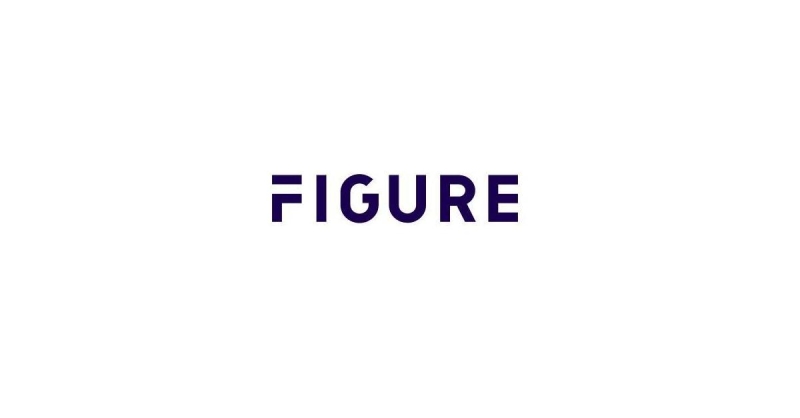Advertisement
The intuitive salesman series
The Telephone Doctor: The seven touch points of communicationNancy Friedman The Telephone Doctor, communication skills, marketing, etiquette
Oddly enough, there are seven touch points of communication that
can have you fouling up enhancing a business (or personal)
relationship. Do you know what they are?
Let's go over each one, because throughout the day, both in
business and our personal life, we all have the ability to "touch"
people in seven varied methods of communication. And as with most
things, there are pros and cons. Here we go.
The telephone
The telephone is the first touch point, and not just your business
or home phone, but your cell phone as well. Telephone Doctor
surveys show that more than 80 percent of all business transactions
involve a phone call at some point. The telephone is whats known as
a 'synchronous' method of communication. That means you're in
"sync" with the person you're talking with, at the same time. You
can have a simultaneous two-way exchange of information,
immediately. There is no waiting.
The best part of the telephone touch point is the ability to
hear the tone of voice. That brings in the listener's imagination,
almost like the radio. We have no sight, just sound. And how we
perceive those sounds makes a whole lot of difference. So tone of
voice is critical with the first touch point. Two people can say
the same thing to one person, and yet the listener can hear it
differently from each. All that being said, the telephone is a very
effective and popular method of communication, provided you've
reached your called party. It gets answers quickly and responds
rapidly. As you might imagine, this touch point is one of the
Telephone Doctor's personal favorites.
E-mail
Ah yes, the beloved e-mail. E-mail is 'asynchronous' meaning you
communicate one at a time and you may not get immediate
communication back. You will normally wait for an answer. And with
e-mail, you have relinquished interpretation of the tone of voice
to the other person. What you write can be heard whatever way the
reader wants to hear it. This can be dangerous. E-mail etiquette,
while fairly new, will be around for a long time. However, when we
e-mail something, it needs to be short, sweet and to the point.
Plus, it needs to be obviously friendly. It's a delivery method
that has the ability to 'sit' for hours, sometimes days, without an
answer. A client of ours told us once, "When there are more than
two e-mails on the same subject back and forth, it's time for a
face-to-face meeting."
That's easy to say for those of us who work in the same area;
however, if your e-mails are international or even regional, a
face-to-face meeting becomes another touch point. Be careful in
your e-mails. Many hurt feelings have come about due to insensitive
writing. Thats a good place to practice your 'please and thank
you.' Short, terse, one-word answers are perceived as rude. This is
true in any touch point. And as they say: "Don't put anything in an
e-mail you wouldn't want in the daily newspaper."
Voice mail
Again, this tough point is asynchronous. You can leave a voice mail
for someone and when you get an answer, if ever, it is up to him or
her, not you. And it's not instantaneous, like speaking with
someone on the telephone. So here again, your voice mail needs to
be special. As we've said many times, there are three types of
voice mails: Poor, average and great. When you leave a voice mail,
make it a great one. Remember, you get to use your tone of voice.
Thats a real plus. The caller can hear the laughter, the smile and
the tone. Use it to your advantage. Remember, too, voice mail was
not made to hold conversations. Ask a question; get an answer.
Smooth. In and out.
Good old U.S. mail
That's probably one of the very first methods of communication. And
we've used it, and continue using it, as a great method of
communication. It goes with e-mails though, because the written
word can be misunderstood very easily. So e-mail, voice mail and
the U.S. Postal Service are very similar when communicating. All
are asynchronous. You will wait for an answer.
The fax machine
Remember when that method of communicating came on the scene? Seems
we didn't know how we operated without it. And today, it trails
sadly behind the other touch points. Yet, it's still there and
being used. Just not as much or as often. And a reminder, again, it
is asynchronous. One-way information; waiting for an answer. And
again, a reminder to watch what you put on paper! It could come
back to haunt you.
Face-to-face communications
This obviously needs very little explanation. When we communicate
face-to-face, we have it all. We have sight, sound, tone of voice,
facial expressions and body languagethe entire package. It is the
ultimate synchronous touch point. And yet, still, with all those
helpful items, we still continue to miscommunicate.
Instant messaging (IM)
While this method of communication isn't quite in the mainstream,
it is being used. However, 90 percent of all IMs end up in a phone
call. Instant messages may not be read right away. The person may
be away from his computer. Again, we can't remind you enough: Be
careful what you put into an IM. They can turn into an
embarrassment for some.
So, in this wonderful world of communications, you can see how
it's so easy to miscommunicate. In our workplace, we probably use
all seven touch points many times a day. A few simple guidelines
can help us focus on which touch point to use when:
&• Telephone: If you reach your called party, great.
That's immediate. It's also good for leaving messages that don't
need an immediate answer. If you need immediate action, try to
reach another person. The telephone is only synchronous when you
have reached the called party.
&• Voice mail: That would be asynchronous. Leaving
messages that will be returned when the called party decides to
return it (if ever).
&• E-mail: Again, this is one-way communication. Keep
it short, sweet and to the point. Use your manners. Remember, one
word answers are perceived as rude.
&• U.S. mail: Still a great way to communicate. But be
careful with the written word. Keep in mind how possible
miscommunication might occur. Sometimes letters have come back to
haunt us.
&• Fax: For those that still use this method of
communication, one-pagers are appreciated. And again, the written
word needs to be checked and double-checked to be sure it won't be
miscommunicated.
&• Face-to-face: The ultimate method of communication.
You get immediate reaction, tone, sight, sound and body
languagetotal synchronous communication. And that hug or handshake
makes it all worthwhile!
&• IM: A fairly new form of communication, and while
not quite in the mainstream yet, it bears watching.
Nancy Friedman, "The Telephone Doctor," has spoken at the
past four consecutive National Association of Mortgage Brokers
Annual Conventions and is president of Telephone Doctor Customer
Service Training in St. Louis, Mo. Nancy is a frequent speaker at
meetings and conferences worldwide. She may be reached at (314)
291-1012 or visit www.telephonedoctor.com.
About the author




